
Dactylology, also known as finger spelling, is a fascinating art form and communication method that involves using hand gestures and fingers to represent letters and words. It is primarily used by individuals who are deaf or hard of hearing, allowing them to communicate effectively with others.
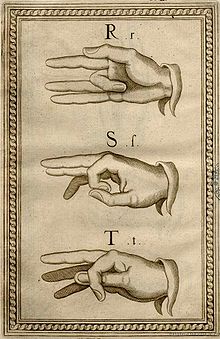
The history of dactylology can be traced back to the 17th century, when it was first introduced as a means of communication for the deaf and mute community. Over the years, dactylology has evolved into a complex and expressive form of language that is widely used in the deaf community around the world.
The process of dactylology involves using specific hand shapes and movements to represent the different letters of the alphabet. Each finger position and motion corresponds to a specific letter, allowing individuals to spell out words and convey their thoughts and ideas with precision.
In addition to being a practical tool for communication, dactylology is also considered an art form, with practitioners using fluid and graceful movements to express themselves through finger spelling. The intricate and expressive nature of dactylology has led to its inclusion in various forms of performance art and cultural exhibitions.
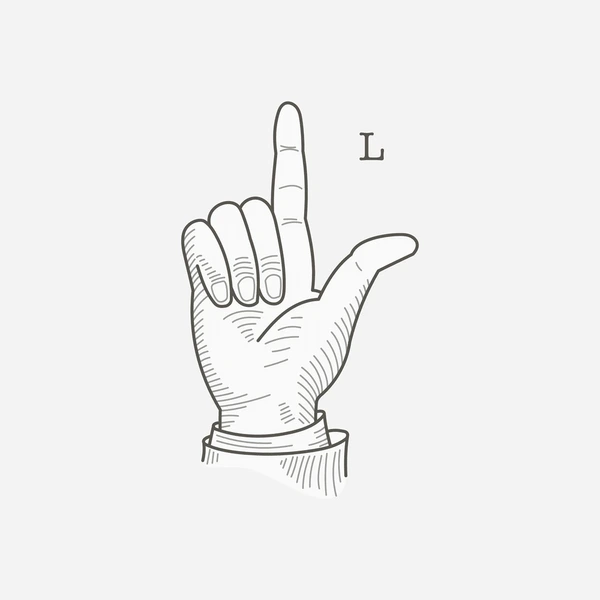
For individuals who are interested in learning more about dactylology, there are a variety of resources available online and in print. Many sign language organizations and educational institutions offer courses and workshops on dactylology, providing individuals with the opportunity to develop their finger spelling skills and gain a deeper understanding of this unique form of communication.
Furthermore, there are numerous online tutorials and videos that provide step-by-step instructions on how to master the art of finger spelling. These resources can be invaluable for individuals who are looking to improve their communication skills or gain a better understanding of the deaf community and its rich linguistic traditions.
Overall, dactylology is a fascinating and valuable form of communication that has played a crucial role in allowing individuals who are deaf or hard of hearing to express themselves and connect with others. By exploring the history and techniques of dactylology, individuals can gain a greater appreciation for this unique form of language and its cultural significance.
Dactyl Speech and Manoral Speech: Uncovering the Power of Rhythmic Patterns in Language
Language is a powerful tool of communication that has been shaped by various rhythmic patterns and structures. Two such patterns, dactyl speech and manoral speech, have gained attention for their unique qualities and impact on the way we communicate. Understanding these patterns can provide insights into the psychology of language and enhance our appreciation of linguistic diversity.
Dactyl speech is characterized by a rhythmic pattern where the stress is placed on the first syllable, followed by two unstressed syllables. This pattern creates a flowing and melodious quality to speech, reminiscent of poetry and music. In contrast, manoral speech follows a different rhythmic pattern, with the stress placed on the second syllable, creating a more abrupt and staccato-like effect.
These rhythmic patterns have been observed in various languages and have been linked to cognitive and emotional processing. Research suggests that dactyl speech may have a calming and soothing effect on the listener, while manoral speech may elicit a sense of urgency or excitement. Understanding these effects can provide valuable insights into how we can tailor our communication to achieve specific emotional or cognitive responses.
Moreover, the study of dactyl and manoral speech can provide a window into the cultural and historical aspects of language. These rhythmic patterns are often linked to poetic traditions and oral storytelling, reflecting the rich tapestry of human expression. By exploring these patterns, we can gain a deeper understanding of the cultural nuances embedded in language and appreciate the diversity of linguistic expression across different communities.
In the digital age, where attention spans are fleeting and the competition for online traffic is intense, understanding these linguistic patterns can be leveraged to capture the interest of online audiences. Crafting content that incorporates dactyl or manoral speech can help captivate readers and engage them in a more meaningful and compelling manner.
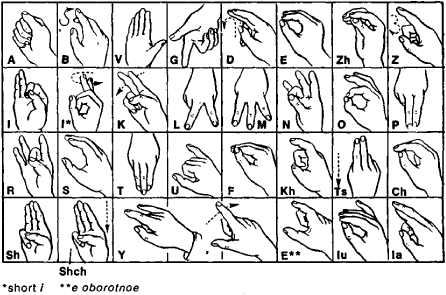
For businesses and content creators seeking to stand out in the crowded online landscape, harnessing the power of these rhythmic patterns in language can be a game-changer. By infusing content with dactyl or manoral speech, they can create a unique and memorable experience for their audience, helping to drive traffic and generate interest in their products or services.
In conclusion, dactyl speech and manoral speech offer intriguing insights into the rhythmic patterns that shape our language and communication. By understanding and leveraging these patterns, businesses and content creators can enhance their online presence and capture the attention of their target audience. Furthermore, the study of these patterns enriches our understanding of the cultural and emotional dimensions of language, adding depth and nuance to the way we communicate. As we continue to explore the fascinating world of language and expression, the exploration of dactyl speech and manoral speech promises to be a rewarding journey of discovery.
The Difference Between One-handed and Two-handed Dactylology: An Essential Guide
One-handed and two-handed dactylology are two distinct approaches to this form of communication, each with its own unique characteristics and applications. Understanding the differences between these two techniques can help individuals gain a deeper appreciation for the rich and dynamic nature of dactylology.
One-handed Dactylology:
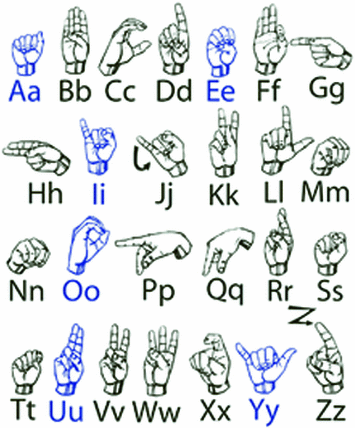
One-handed dactylology involves the use of a single hand to create gestures that convey letters, words, and concepts. This method is often employed when the other hand is occupied or unavailable, making it a valuable skill for individuals who may need to communicate while carrying items, using mobility aids, or performing certain tasks. It is also commonly used in situations where space is limited, such as when seated at a crowded table or standing in a crowded environment.
The use of one-handed dactylology requires a high degree of dexterity and precision, as the hand must perform a wide range of complex movements to accurately represent letters and words. Each finger and part of the hand is utilized to create distinct shapes and configurations that correspond to specific elements of the language being conveyed. Mastery of one-handed dactylology requires practice, patience, and a keen understanding of the nuances of hand movements.
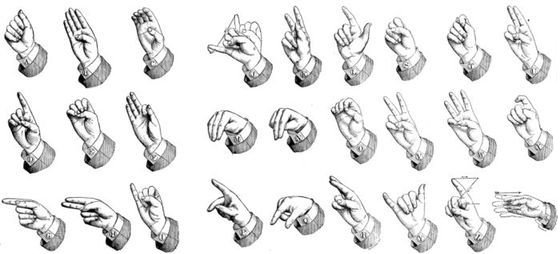
Two-handed Dactylology:
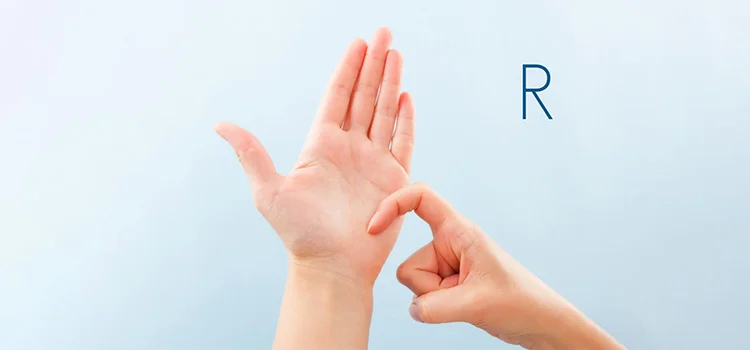
In contrast, two-handed dactylology involves the coordinated use of both hands to create gestures. This method allows for a broader range of expressions and can enable the simultaneous representation of multiple concepts or elements of language. Two-handed dactylology is often used in more complex or expressive forms of communication, where greater clarity and emphasis are desired.
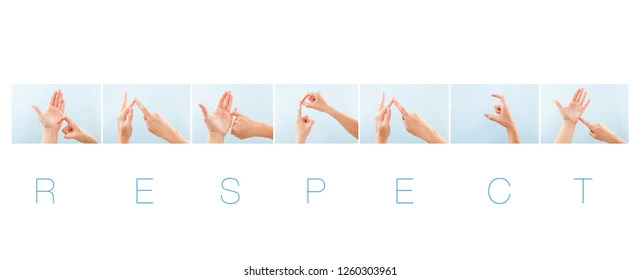
The use of two hands provides additional opportunities for symmetry, mirroring, and coordination, allowing for a more dynamic and visually engaging form of communication. This can be particularly beneficial when conveying abstract concepts, emotions, or narratives that require a heightened level of expressiveness. Two-handed dactylology also offers greater flexibility in terms of spatial positioning and movement, as both hands can be utilized independently or in combination to create a diverse range of gestures.
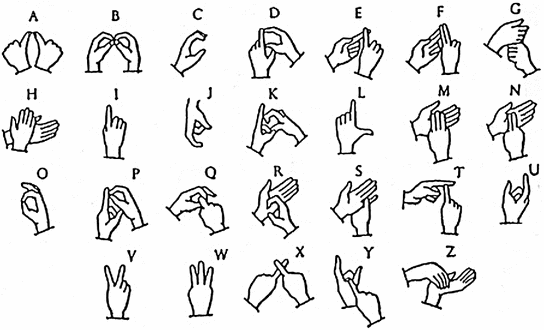
Both one-handed and two-handed dactylology have their own unique advantages and applications, and individuals within the deaf community may choose to utilize one or both methods based on their personal preferences and situational needs. Regardless of the specific approach used, dactylology plays a vital role in facilitating communication and fostering inclusivity for individuals who are deaf or hard of hearing.


